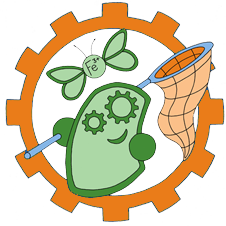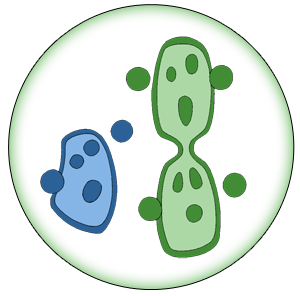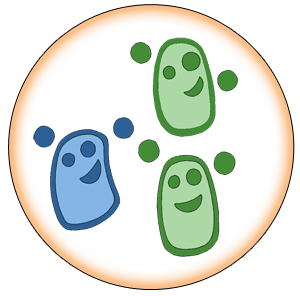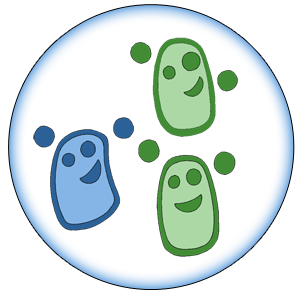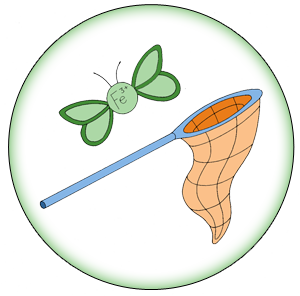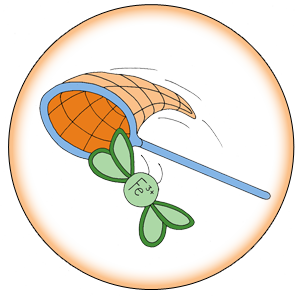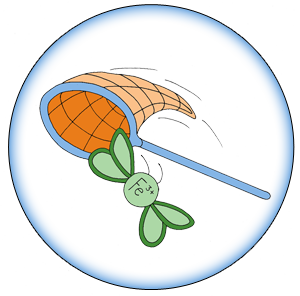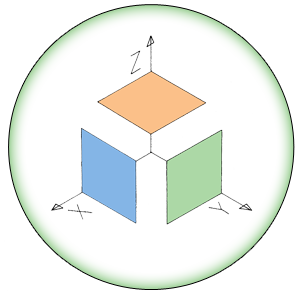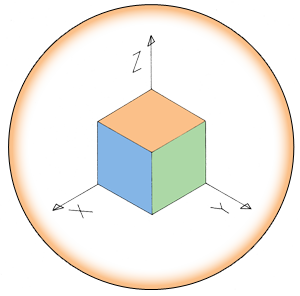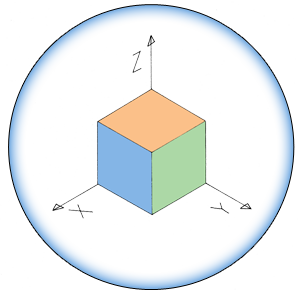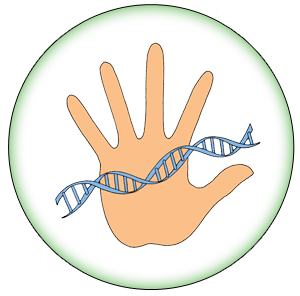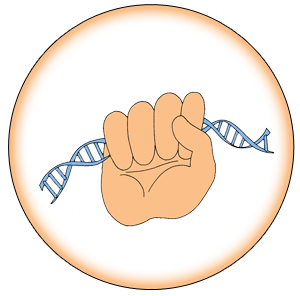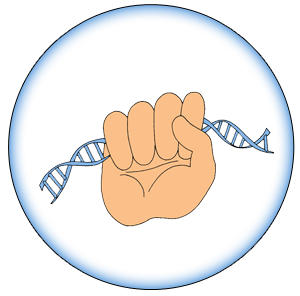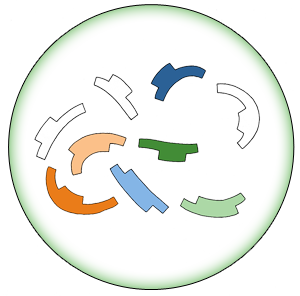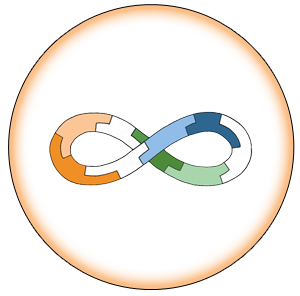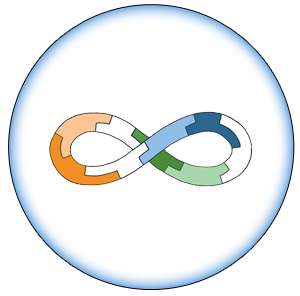Team:Edinburgh/Modeling/Platform
From 2013.igem.org
| Line 8: | Line 8: | ||
We chose to use a platform created by another student from our university – Dominik Bucher - which is based on a cellular model and simulation policy (John Karr et al., 2012) for the organism Mycoplasmium genitalium. As the organism with the smallest genome, this organism was picked by the authors of the original paper with the goal to create a complete fine-grained model of all the genes, proteins and metabolites inside the cell. Dominik stripped away all of the Mycoplasmium specificities of the model and re-implemented the original simulation platform with some improvements, making it more modular. | We chose to use a platform created by another student from our university – Dominik Bucher - which is based on a cellular model and simulation policy (John Karr et al., 2012) for the organism Mycoplasmium genitalium. As the organism with the smallest genome, this organism was picked by the authors of the original paper with the goal to create a complete fine-grained model of all the genes, proteins and metabolites inside the cell. Dominik stripped away all of the Mycoplasmium specificities of the model and re-implemented the original simulation platform with some improvements, making it more modular. | ||
| - | The | + | The simulation works such that many independent processes run on the platform simultaneously without knowing about each other’s existence. There is a central module that serves as a cellular task manager, switching between all processes in small time steps. At each time step, each process reads the cell state (e.g. substance levels, resources, etc), then changes the variables appropriately as a result. The task manager cycles through all the processes, then updates the cell state and takes a small step forward in time. |
| - | A major feature of the platform is that the processes which run on it are completely black-box. The simulation platform | + | A major feature of the platform is that the processes which run on it are completely black-box. The simulation platform does not know what they are doing or how they work, and there is no communication between the processes. The only requirement for a process is that it would be able to modify the cell state given the initial cell state when it is run for a given amount of time. This gives great freedom in the programming of processes – they can be programmed in any language or using any algorithm or method. This flexibility is very useful when programming specific circuit models as processes. |
<h2> References: </h2> | <h2> References: </h2> | ||
Latest revision as of 00:18, 5 October 2013
Platform
We chose to use a platform created by another student from our university – Dominik Bucher - which is based on a cellular model and simulation policy (John Karr et al., 2012) for the organism Mycoplasmium genitalium. As the organism with the smallest genome, this organism was picked by the authors of the original paper with the goal to create a complete fine-grained model of all the genes, proteins and metabolites inside the cell. Dominik stripped away all of the Mycoplasmium specificities of the model and re-implemented the original simulation platform with some improvements, making it more modular.
The simulation works such that many independent processes run on the platform simultaneously without knowing about each other’s existence. There is a central module that serves as a cellular task manager, switching between all processes in small time steps. At each time step, each process reads the cell state (e.g. substance levels, resources, etc), then changes the variables appropriately as a result. The task manager cycles through all the processes, then updates the cell state and takes a small step forward in time.
A major feature of the platform is that the processes which run on it are completely black-box. The simulation platform does not know what they are doing or how they work, and there is no communication between the processes. The only requirement for a process is that it would be able to modify the cell state given the initial cell state when it is run for a given amount of time. This gives great freedom in the programming of processes – they can be programmed in any language or using any algorithm or method. This flexibility is very useful when programming specific circuit models as processes.
References:
Karr, J.R., Sanghvi, J.C., Macklin, D.N., Gutschow, M.V., Jacobs, J.M., Bolival, B., Assad-Garcia, N., Glass, J.I., & Covert, M.W. (2012). A whole-cell computational model predicts phenotype from genotype Cell, 150, 389-401 DOI: 10.1016/j.cell.2012.05.044

| 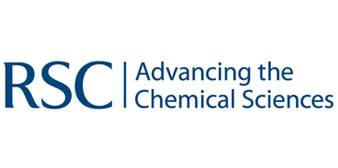
| | | | 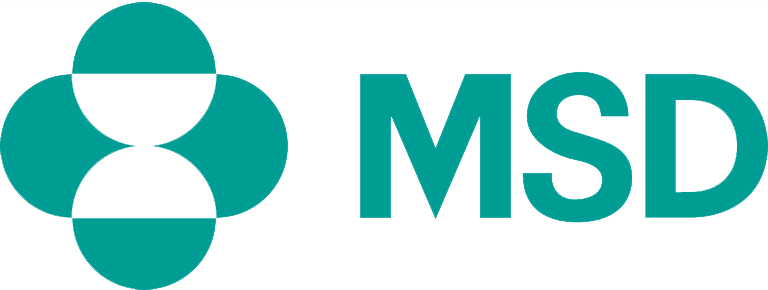
|
| This iGEM team has been funded by the MSD Scottish Life Sciences Fund. The opinions expressed by this iGEM team are those of the team members and do not necessarily represent those of MSD | |||||
 "
"

